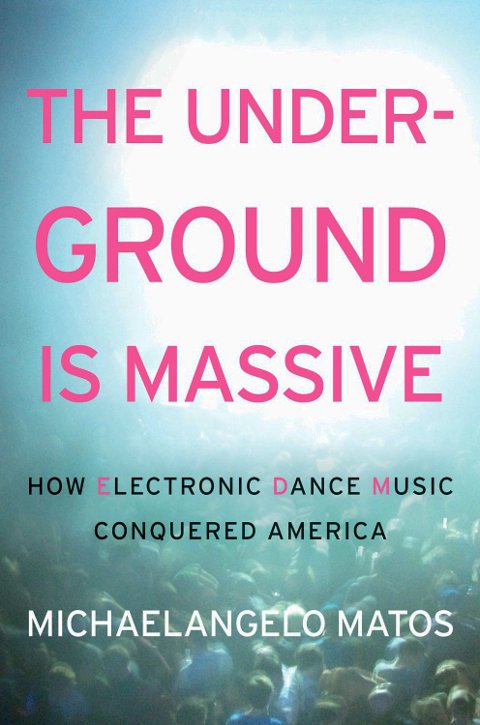If you’re anything like Vince Noir, the mad musical genius from “The Mighty Boosh,” you earnestly believe everything that came before electronica was “just tuning up.” While the genre has maintained substantial cultural cachet in Europe, its ascendance in the Americas is an altogether different story.On this side of the pond, EDM seeped out from underground raves and parties and into the mainstream over the last 25 years. It came to the fore with a momentum that might even surprise Noir and his “electro-ponce” pals.In The Underground is Massive: How Electronic Dance Music Conquered America , music historian Michaelangelo Matos thoroughly explores the phenomenon. Matos muses on EDM as a vital component of 21st-century pop culture from a musicological perspective. Matos’ book offers readers plenty of reasons to take a break from oscillating wildly and learn about the history of a multifaceted genre—one that transformed an obscure sound into the choice of a generation. The author begins his history of EDM with a study of the EDM scenes in Chicago and Detroit in the early ’80s. That was a time and place wherein house music and invite-only events helped define what the overall scene would become as the nation’s youth lurched toward the next millennium. Matos’ prose is informal, and the narrative often resembles an intimate conversation between friends. The descriptions veer from knowing and jaded to nostalgic as he recounts the DJs, fashions and attitudes that propelled EDM from after-hours warehouse parties into an expectant culture of outsiders, nerds and partiers.For the uninitiated, the plethora of early artists, techniques and recordings may seem formidable. The text is certainly dense and completist, but it also provides the necessary structure and serious historical perspective on EDM’s roots in America.The book progresses through time and space toward the realization that electro is more than the sum of its parts. Matos links the rise of the internet to that of a subculture that embraced technology as a means of communication. He also explores the sect’s indulgence in drugs that had—until techno’s conquering army pushed them into the daylight—remained on the periphery of our collective national, musical and sensual experience.Club kids, and the musicians onstage in front of them, loved their computers almost as much as they embraced the drug ecstasy. And the result wasn’t merely an electronically nuanced hedonism but rather something more substantial.By the ’90s, these kids were making art. As evidence of this sea change, Matos compares continental attitudes and behaviors toward developing formats with happenings in America; he ruminates on the fact that the Brits—despite their geographical proximity to the EDM headwaters in Ibiza—couldn’t dance with the ferocity or understanding of Midwest audiences. This led to a rise in experimentation and popularity in EDM in the US, as artists explored everything from hardcore techno to post-acid house music—and the movement shimmied outward toward both coasts with joyous certainty about its future.After the Organic 96 festival in San Bernardino, Calif., and Woodstock 1999, EDM and its advocates set their sights on conquering the country, which they did with access to the nascent internet, a handful of MDMA and a few million tubes of Vicks VapoRub—not to mention the formidable talents of artists like Skrillex and Daft Punk. With these examples as guideposts, Matos provides a history of EDM that is engaging and essential to any listener’s understanding of what happened after the tuning up was done.
The Underground Is Massive: How Electronic Dance Music Conquered America Michaelangelo Matos HarperCollins hardcovermusic history$25.99

